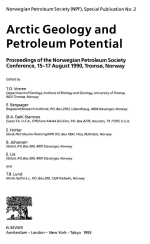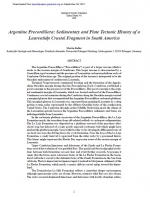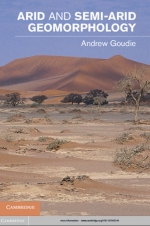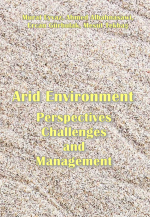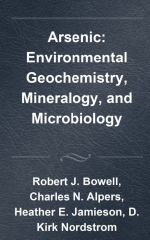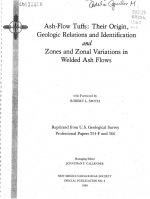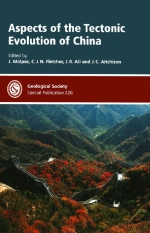Arid environments cover more than one-third of the world’s land area and represent the most common habitat on Earth after the oceans. Aridity poses a threat to the environment, as well as the economy, security, development, food security, and social life around the world. The causes of increased aridity are complex and are thought to be both natural and man-made. Factors such as climate change, population growth, soil erosion, inappropriate irrigation, wrong farming, soil, water, and groundwater contamination, urbanization, deforestation, improper water management, desertification of arid and semiarid zones appear as causes of drought.
This book covers a wide range of scientific research studies, from water management to groundwater management, from land rehabilitation to soil reclamation, which will help prevent and minimize man-made aridity. In addition, many studies related to aridities such as environmental education, environmental awareness, sustainable development, and management policies and plans are also welcome. <...>



